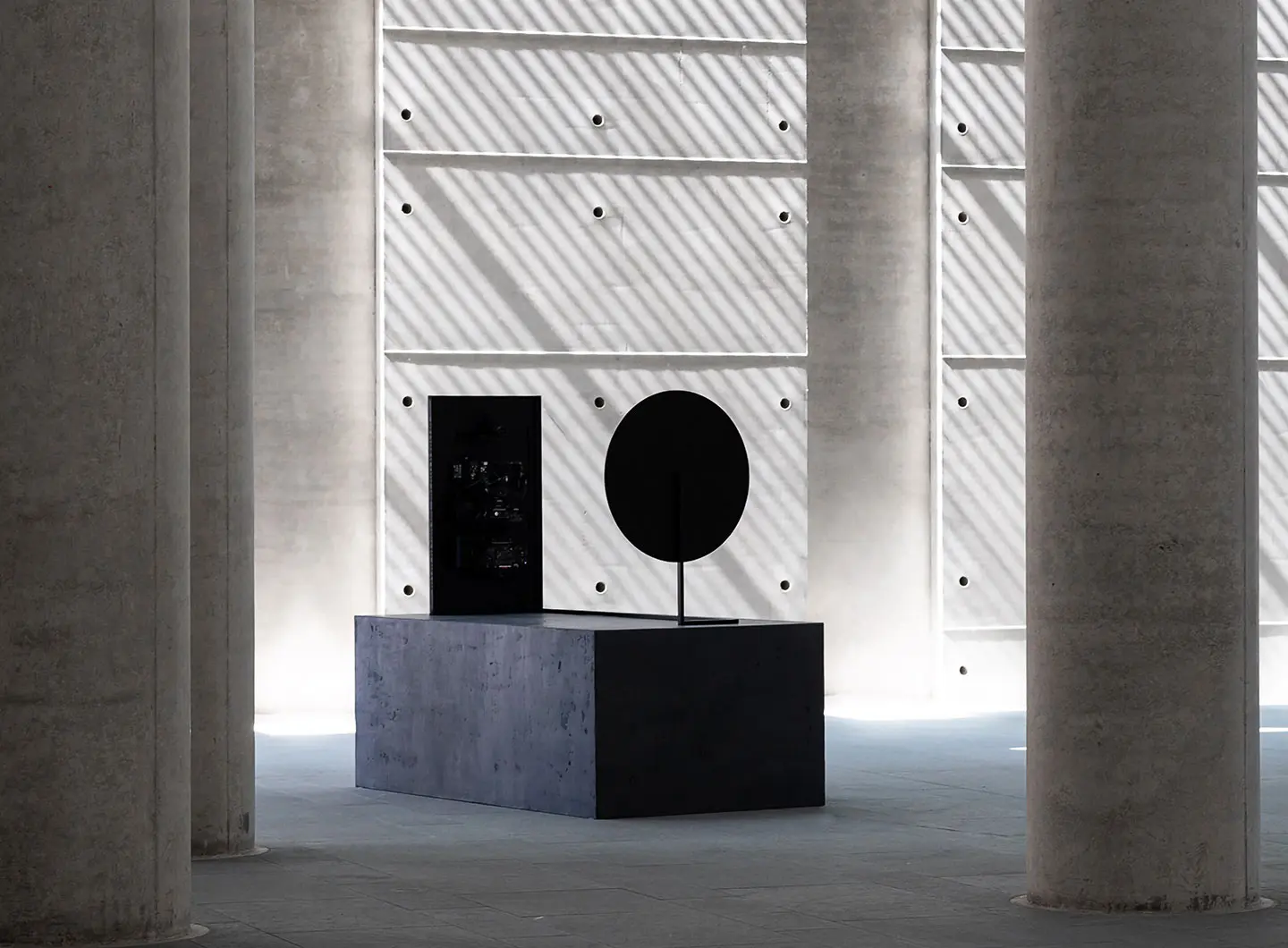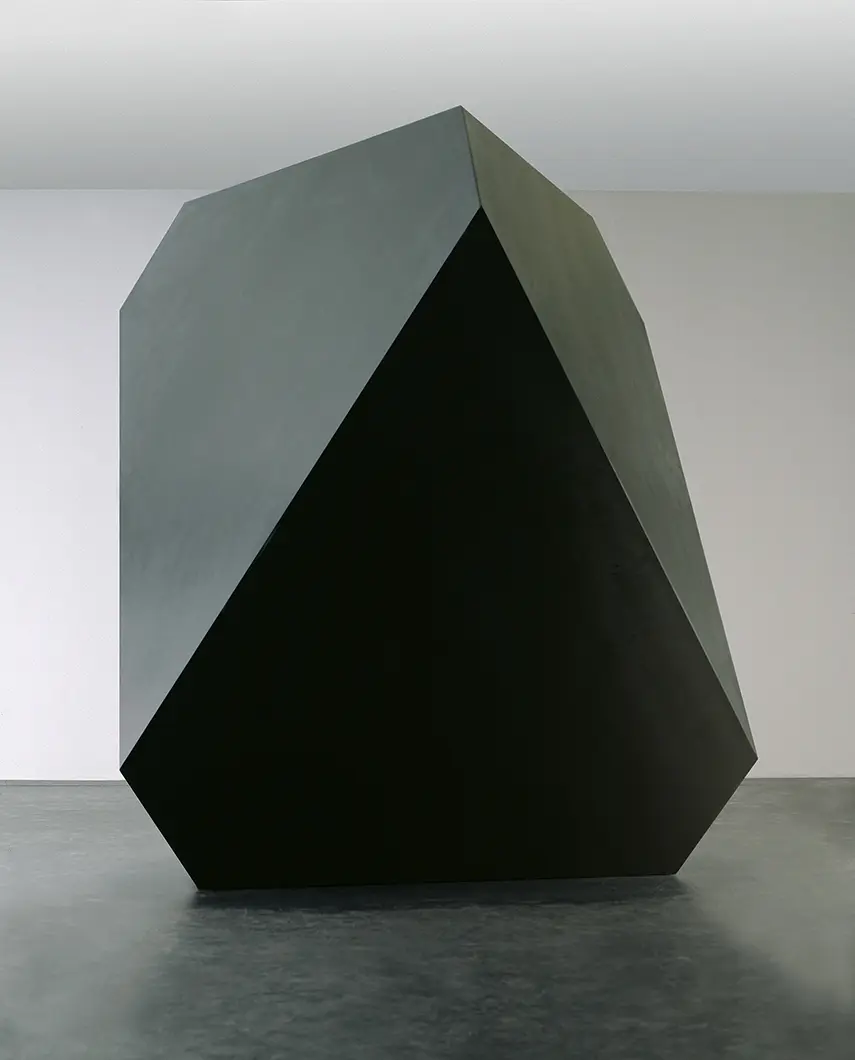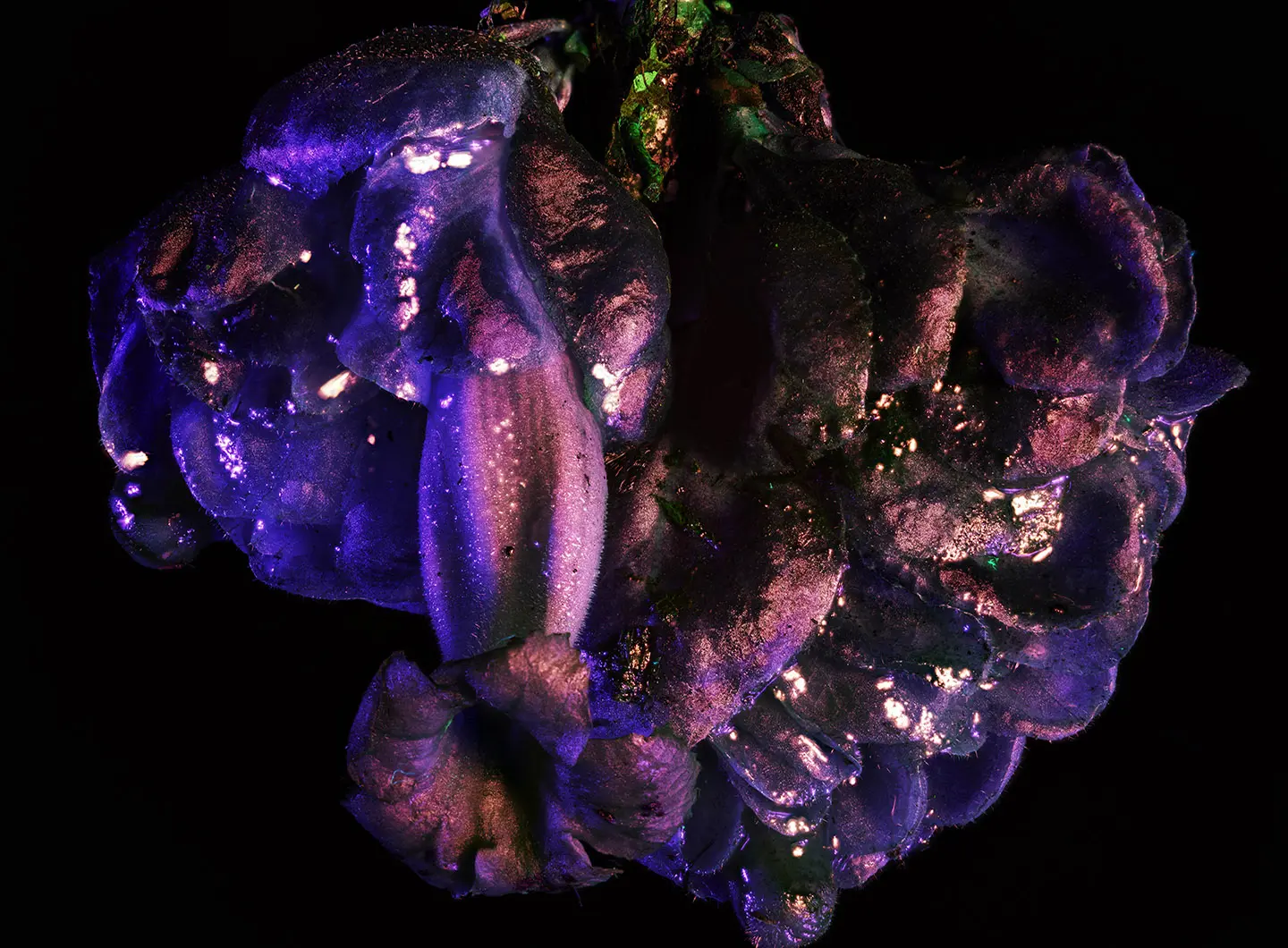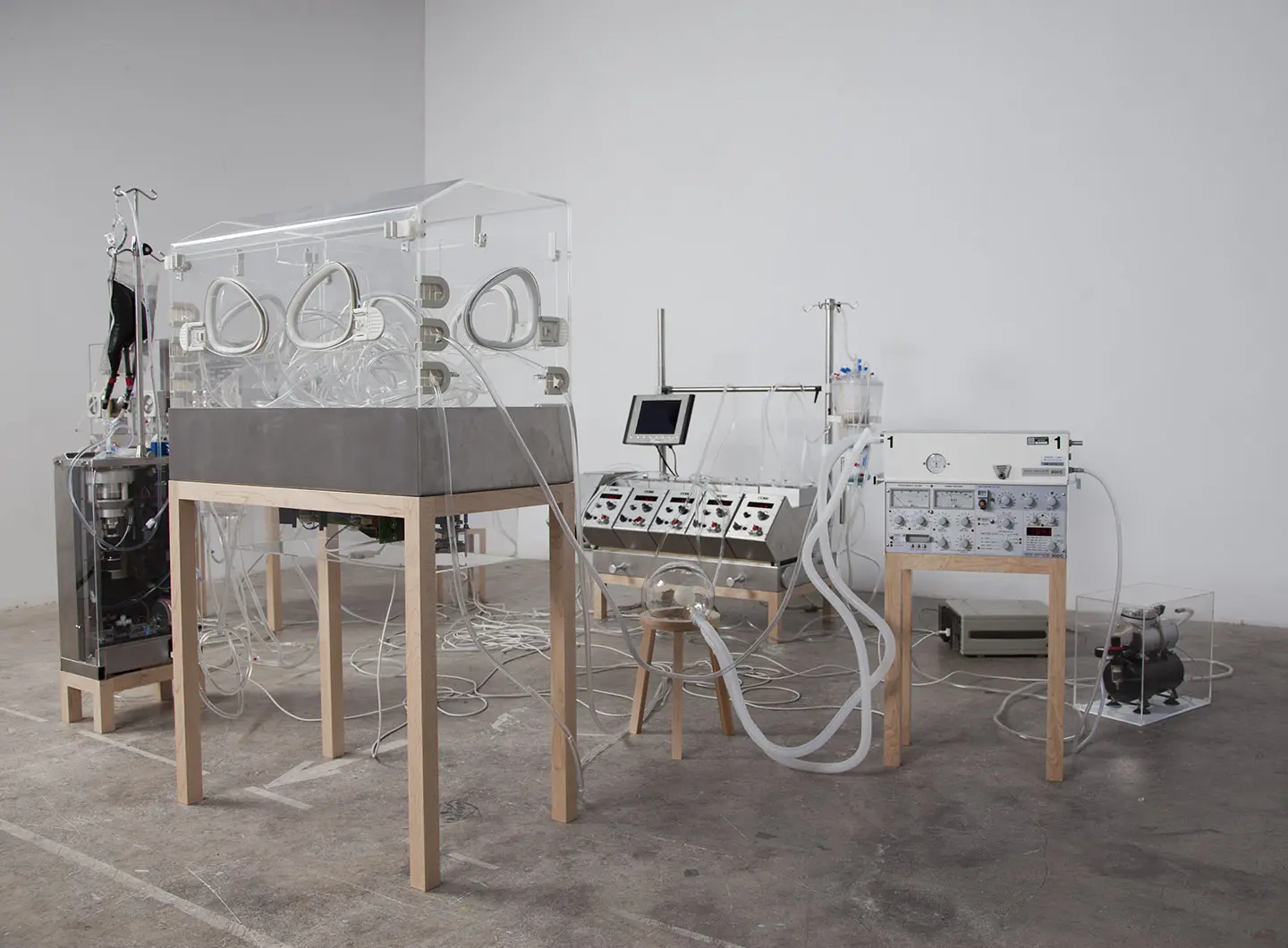From BIG to David Chipperfield, Frank Gehry to Snøhetta: a world tour of the best buildings set to open in 2026
The Three Stations for Art-Science project in Rome
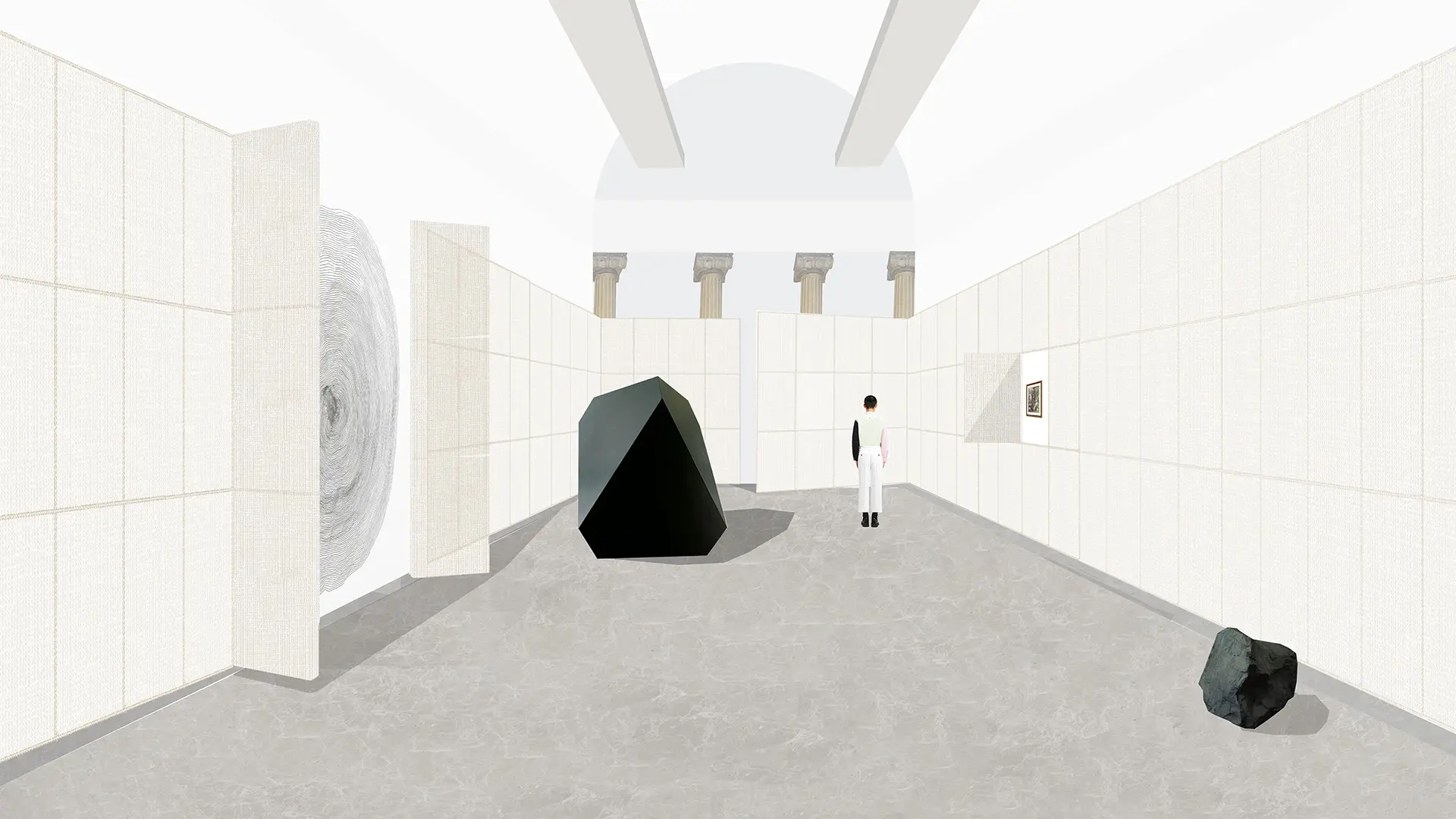
View of Sala 04, Exhibition of Ti con Zero (credits: Formafantasma)
The project at Rome’s Palazzo delle Esposizioni, devoted to the theme of the intersection between art, science and society: Simone Farresin of Formafantasma shares his perspective
Three different exhibitions devised in the manner of “Stations.” Three stopping points, each of which invites us to reflect from a different viewpoint. The project Three Stations for Art-Science, at Rome’s Palazzo delle Esposizioni from 12th October 2021 to 27th February 2022, leverages three different perspectives - historical, artistic and contemporary scientific research-based. The exhibition harnesses the concept of the “station” as a place for meeting and socialising, via research stations where scientists spent time observing and experimenting, to space stations and the new contemporary forms of “stasis” such as smart working. The exhibition T Zero (the title is taken from a story by Italo Calvino published in 1967), was the starting point for the work of the thirty Italian and international artists involved in the exhibition From algorithms that use error as the generative system of forms to synthetic biological apparatus, from intuitive eukaryotic microbes to artificial intelligence, and on to desertification, space exploration and the Martian landscape, the works on exhibit tackle our feeling of bewilderment when faced with the consequences of the “great acceleration” and the technical over-advancement of the modern world. The areas are marked out by a system of wooden panels covered in neutral canvas, devised to delineate the space. Whilst on the subject of exhibition space, Simone Farresin of the Formafantasma studio, who curated the settings for the three exhibitions together with Andrea Trimarchi, gave us his own perspective: “For T Zero, the set design was conceived along the lines of a grid that rigorously divides up the space with modules made of fabric, almost as-yet unpainted canvases. The reference here is to science’s attempt to regulate, measure and catalogue the existing. The exhibition design takes the form of doors and windows detached from the walls of the building. These variations on a theme serve both to enclose some key works in proportionately created spaces, and to split the space up into more intimate environments.”
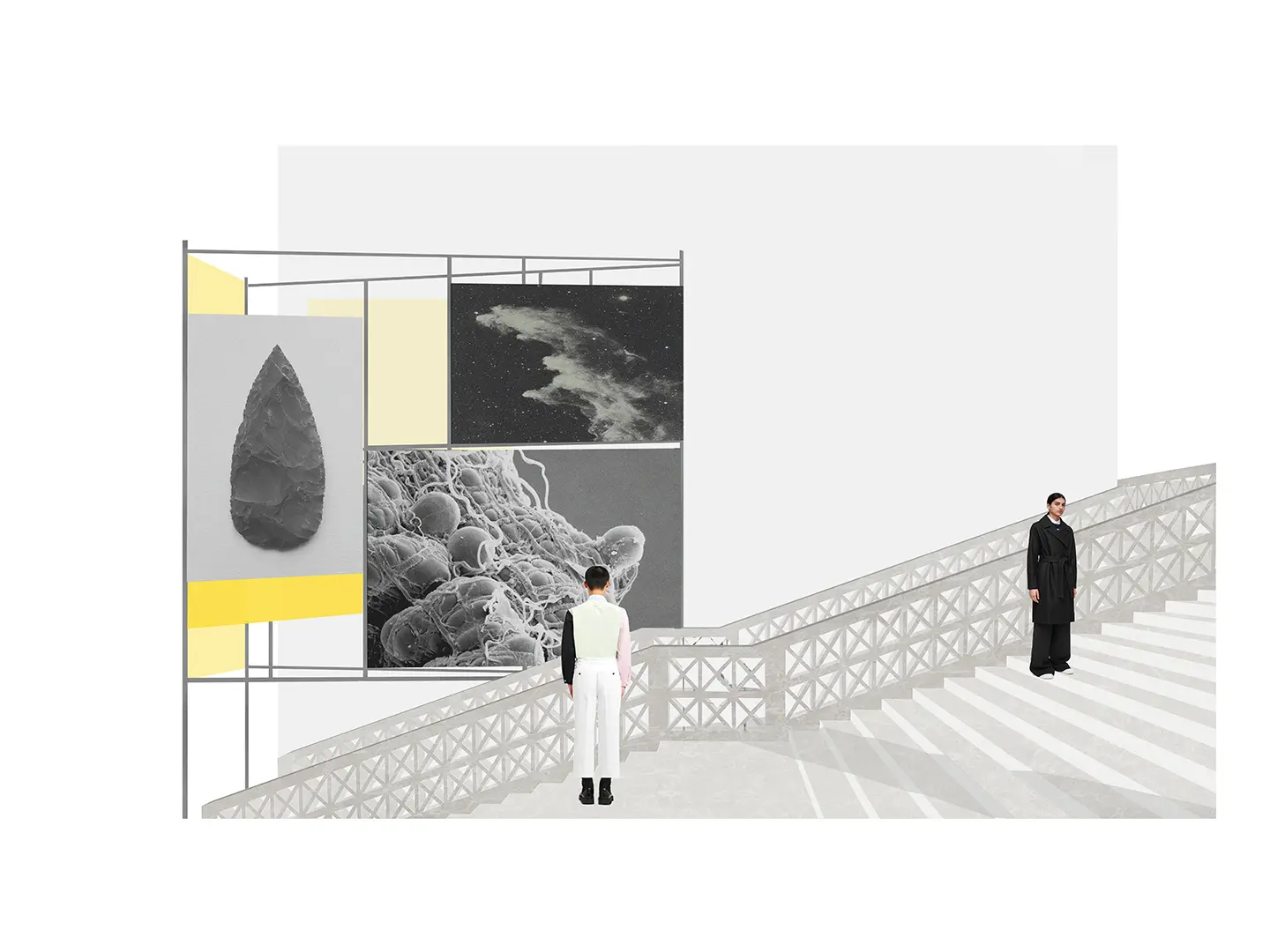
View from the stairs, Exhibition of Scienza di Roma (credits: Formafantasma)
Moving onto the section entitled The Science of Rome, visitors are taken back through time to the late 19th century. The aim is to tell the story of scientific ideas and their impact on society through the great scientists who worked in Rome and the great discoveries that were made in the city. The show features watercolours of the phases of the moon painted by Galileo Galilei, the original skull of the Neanderthal Man from Saccopastore and the original implements used by the “boys from Via Panisperna.” In this space, said the designer: “we embraced the idea of the exhibition as a learning tool. Inspired by the way textbooks are put together, the exhibition project divides the space into areas. The exhibition is devised so as to leave visitors room for choice, deciding whether to be guided through the exhibition by the evocative power of the objects or by the information contained in the photos on exhibit, all chosen from material in Rome’s city archives.”
The third and last exhibition, Uncertainty – Interpreting the Present, Foreseeing the Future, illustrates some of the many facets of the notion of uncertainty, and the ways in which science deals with them. Seven themed areas enable the visitor to find out just how the category of uncertainty intersects with the methods and models with which science helps us understand reality and forecast natural and social phenomena. The exhibition opens with a space entitled Measuring Uncertainty, a large immersive and interactive installation, conceived and created by DotDotDot, which takes the visitor into the world of particles with a metaphorical representation of the collapse of the wave function, one of the basic concepts of quantum mechanics. Of this last section, Farresin had this to say: “The exhibition examines the methodologies and formulation of ideas in the scientific field. The scientific concepts explored range from probability to the spread of diseases and climate studies, set in an entirely pink environment. In the Western world, pink is seen as a colour devoid of any scientific affiliation because of the gender prejudice according to which pink is a frivolous colour and an implicit feminine cliche, and therefore at odds with scientific seriousness. The installation was inspired by the curatorial content. Just as scientific exactitude and certainty are challenged by the project’s exploration of the notion of uncertainty itself, the display design subverts the archetype of scientific exhibitions set in darkness.”
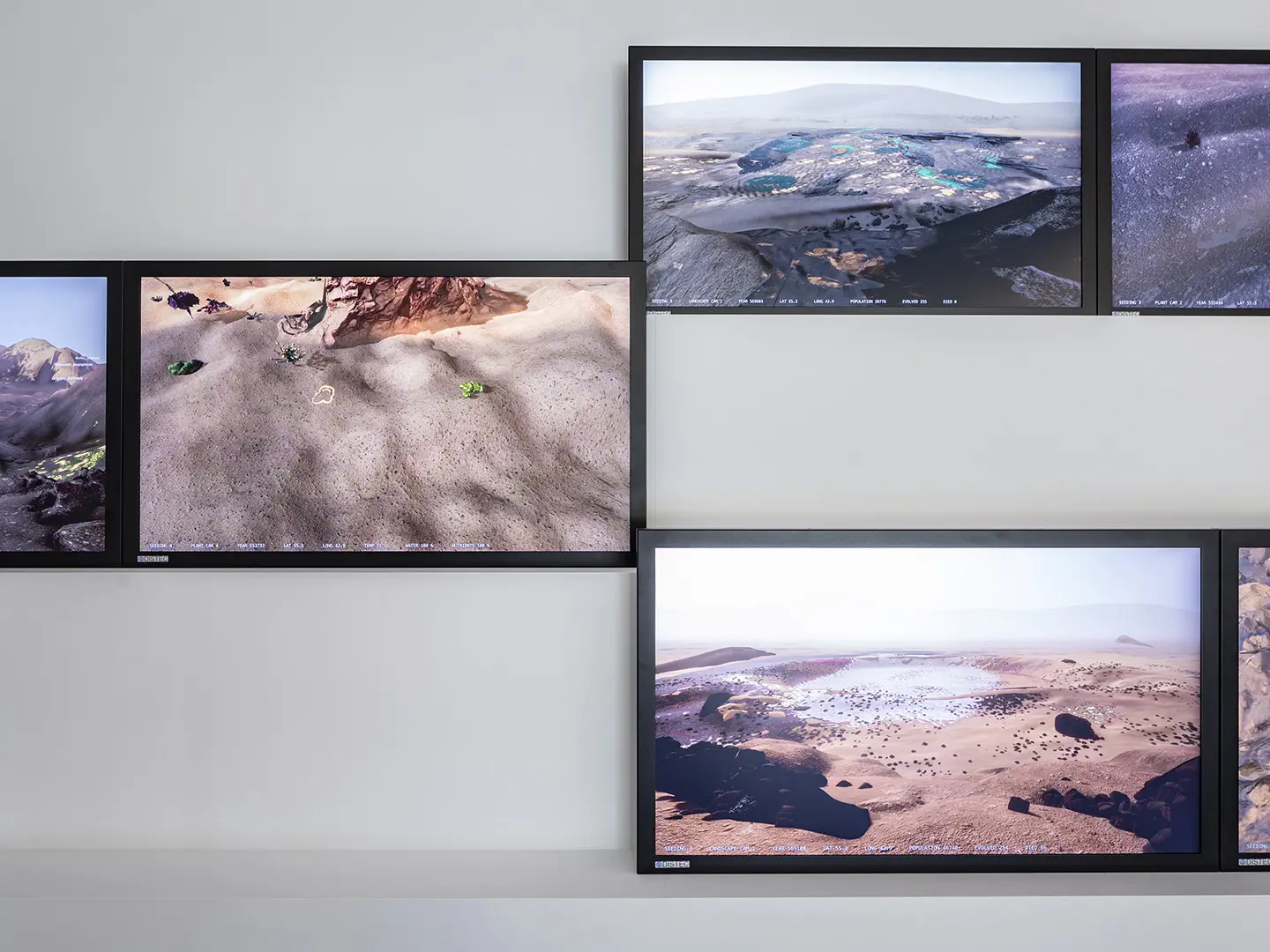
Alexandra Daisy Ginsberg, The Wilding of Mars, 2019, video files and 12 screens, Courtesy the artist
Exhibition information
Title: Three Stations for Art-Science – The Science of Rome. A City’s Past, Present and Future | T Zero | Uncertainty. Interpreting the Present, Foreseeing the Future
Venue: Palazzo delle Esposizioni
194 Via Nazionale, Rome
12th October 2021 – 27th February 2022
Promoted by: ROMA Culture (culture.roma.it) and Azienda Speciale Palaexpo
Devised and organised by: the Azienda Speciale Palaexpo
The Science of Rome is sponsored by the Accademia Nazionale dei Lincei and Rome’s La Sapienza University.
Uncertainty was conceived and co-produced by the Italian National Institute of Nuclear Physics (INFN) with the participation of the European Gravitational Observatory (EGO).


 Salone Selection
Salone Selection
